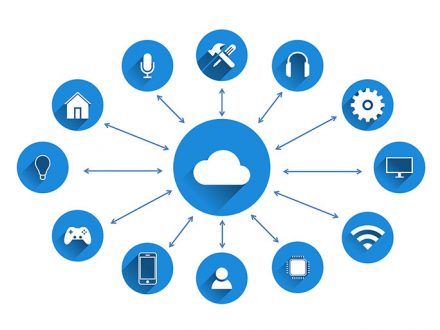Boosting the Market for Environmental Sensors through IoT (Internet of Things)

Advances in technology and reduction in sensor costs have made sensors more accessible for a wide range of applications.
The Internet of Things (IoT) has been revolutionising various sectors and, in particular, is having a significant impact on the environmental sensors market. These smart devices, capable of collecting and transmitting information about the environment in which they are located, are experiencing accelerated growth thanks to the expansion of the IoT.
IoT refers to the interconnection of physical devices via the internet, enabling communication and data exchange between them. In this context, environmental sensors play a key role in collecting information on variables such as air quality, temperature, humidity, and other environmental parameters.
Growth in demand for environmental sensors
The growth of IoT has led to an increase in demand for environmental sensors, as these devices are essential for collecting real-time data and providing key information for informed decision-making. Various sectors, such as industry, agriculture, healthcare, and transportation, among others, benefit from the accurate and up-to-date data that environmental sensors provide.
One of the main drivers of the environmental sensors market is the growing awareness of sustainability and the need to monitor and control environmental impacts. Environmental sensors enable constant monitoring of air quality, water pollution, noise levels, and other relevant environmental factors. This information is essential to implement mitigation measures and ensure more efficient environmental management.
In addition, advances in technology and reductions in the cost of sensors have made them more accessible for a wide range of applications. This has driven the adoption of environmental sensors in urban environments, smart buildings, energy management systems, and precision agriculture, among others. The ability to effectively monitor and control resources and the environment has become a key factor in improving efficiency and sustainability in multiple sectors.
Technological convergence
Another important factor is the convergence of technologies such as IoT, big data, and artificial intelligence (AI). Data collected by environmental sensors can be processed and analysed to obtain meaningful information. Combining this data with advanced analytics techniques allows patterns to be identified, trends to be predicted and operations to be optimised in real time.
As IoT continues to expand, the environmental sensors market is expected to grow further in the coming years. According to various reports, the global environmental sensors market is expected to reach significant figures in terms of value and volume. This is due to the growing demand for accurate and reliable environmental data, as well as the development of increasingly advanced and customised solutions.